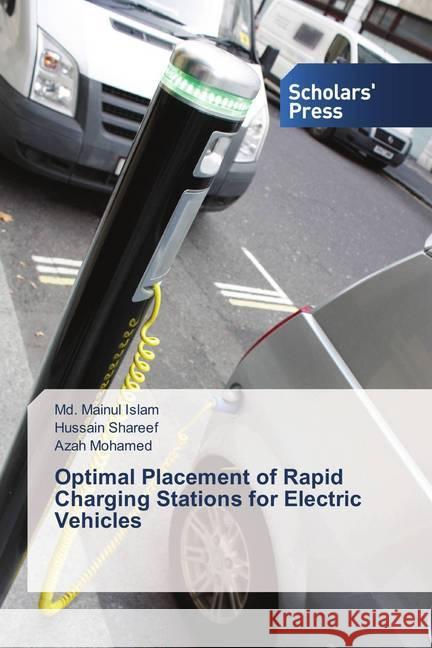Optimal Placement of Rapid Charging Stations for Electric Vehicles » książka
Optimal Placement of Rapid Charging Stations for Electric Vehicles
ISBN-13: 9786202307857 / Angielski / Miękka / 2018 / 164 str.
Electric vehicle (EV) is considered as one of the premium solution to global warming, various pollutions and dependency on crude oil because it is clean, reliable and environment friendly. The key concern in the use of EV is the recharging of EV batteries. Therefore, the determination of optimal placement and sizing of rapid charging stations (RCSs) is necessary to maximize the EV accessibility within its driving range to the RCS. In general, Cartesian method and basic load flow are utilized to calculate the transportation and power loss, respectively, for determining the optimal placement of RCS. In this book, Google Maps JavaScript API and EV battery state of charge are considered to accurately calculate the transportation loss. Moreover, harmonic load flow is utilized for calculating more accurate power loss in the distribution system because EV charging systems are nonlinear systems that produce harmonic pollution. To maximize the EV accessibility to the RCS, an appropriate planning of RCSs is inevitable. Thus, an effective heuristic optimization technique such as binary lightning search algorithm (BLA) is also developed for determining the optimal placement and sizing of RCS.











